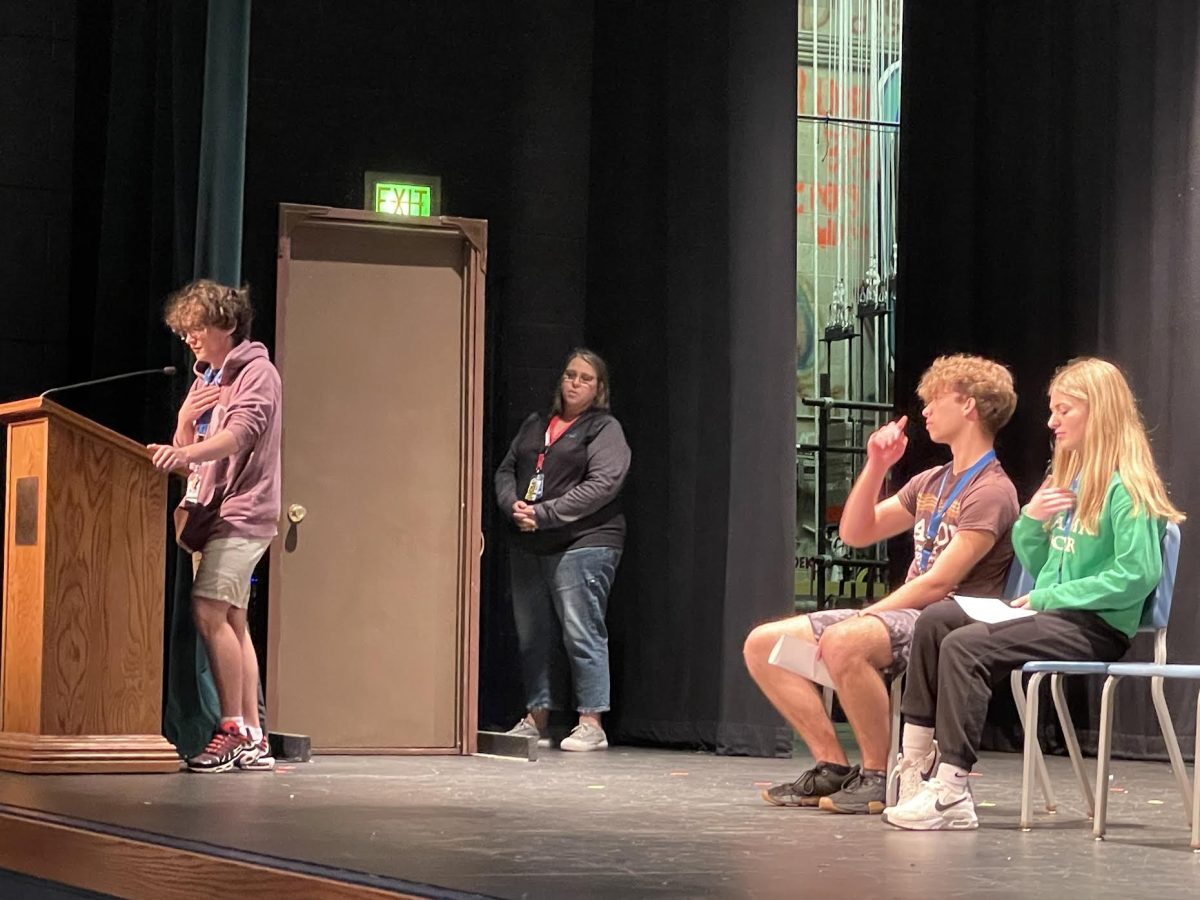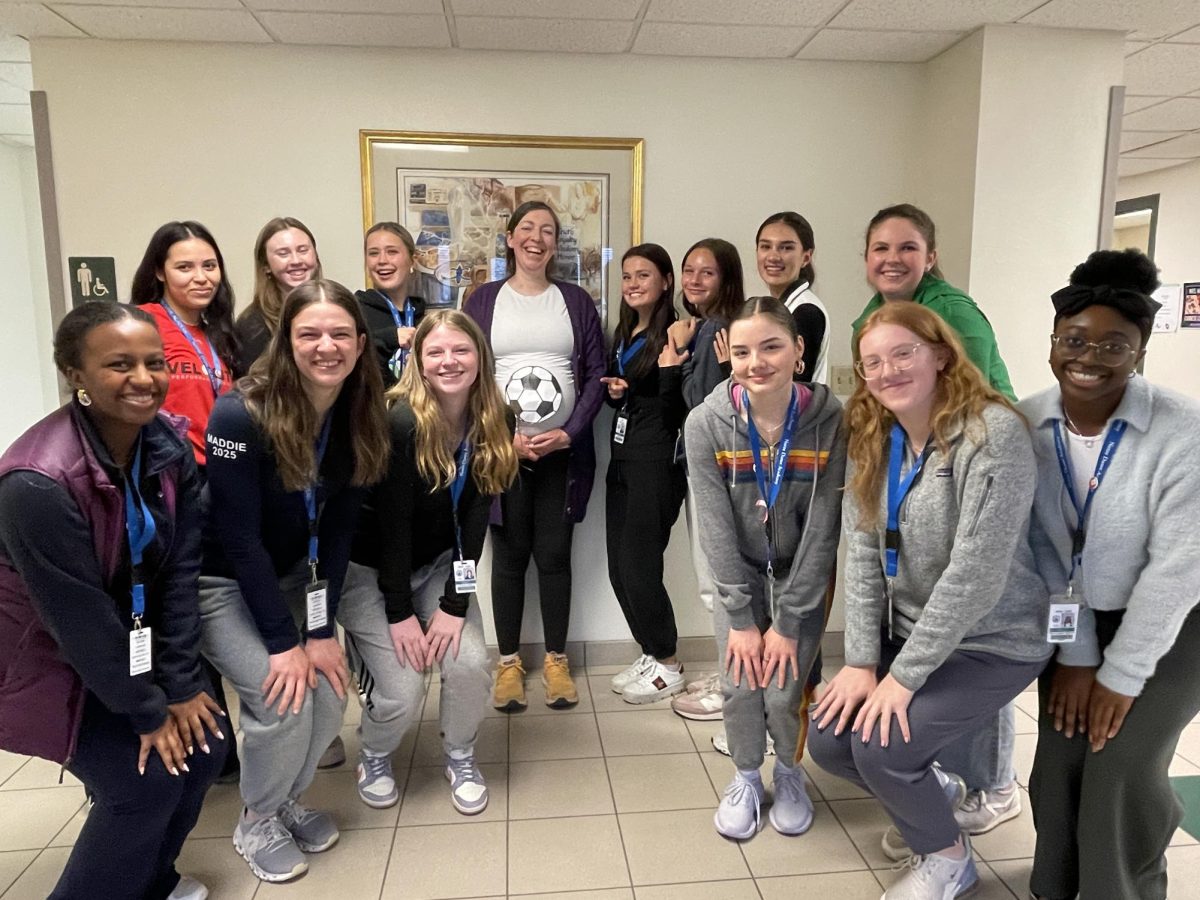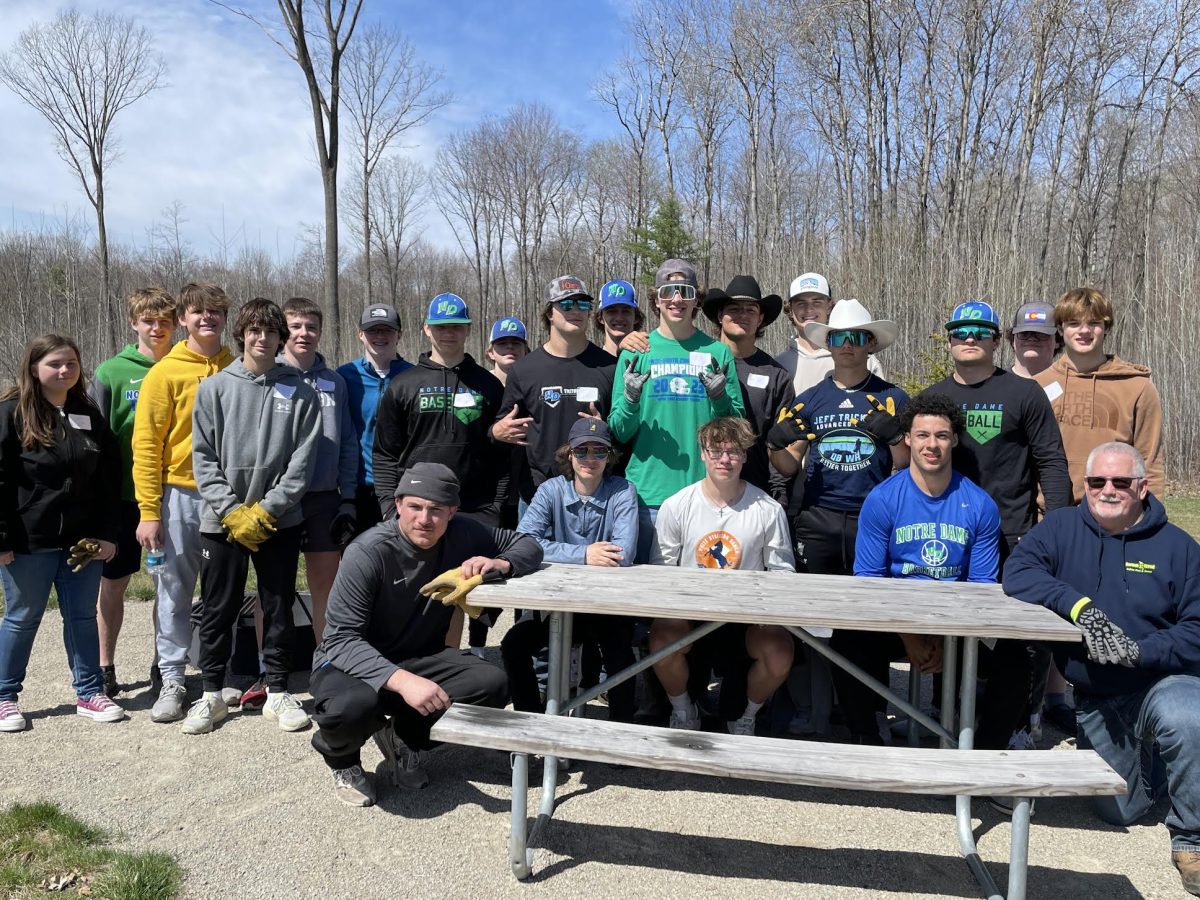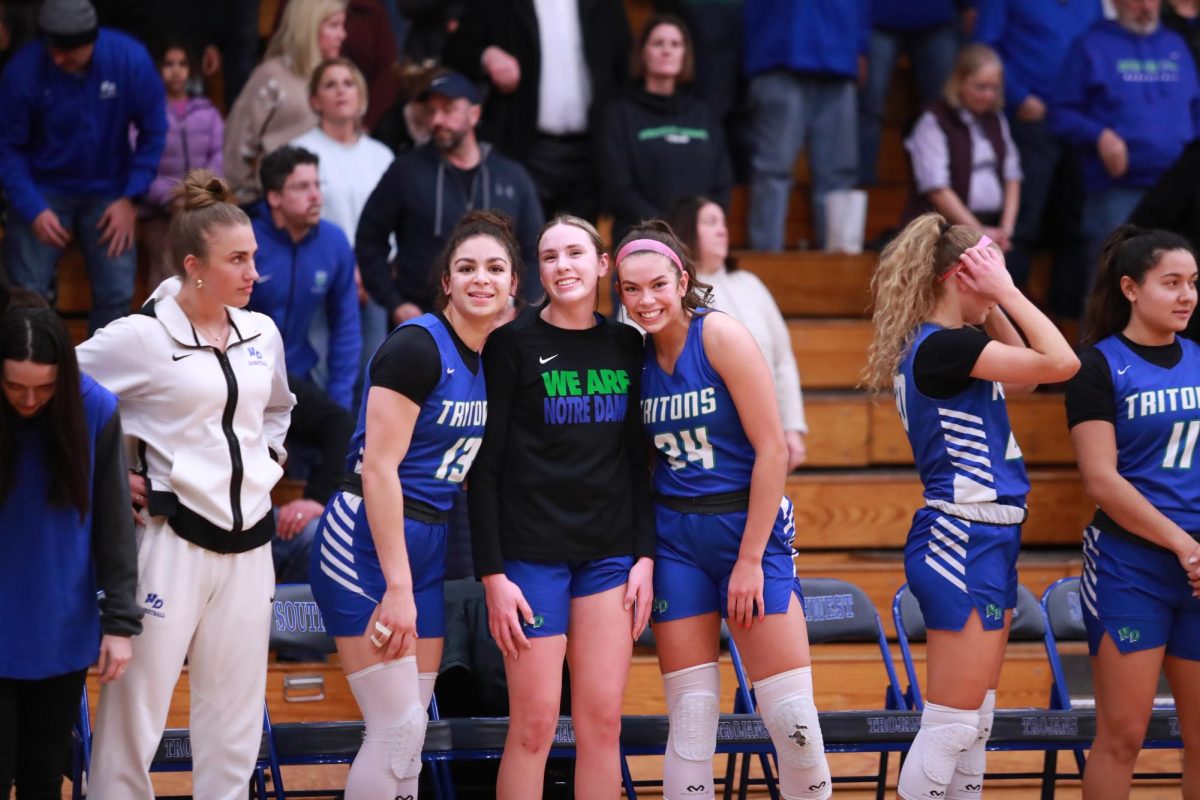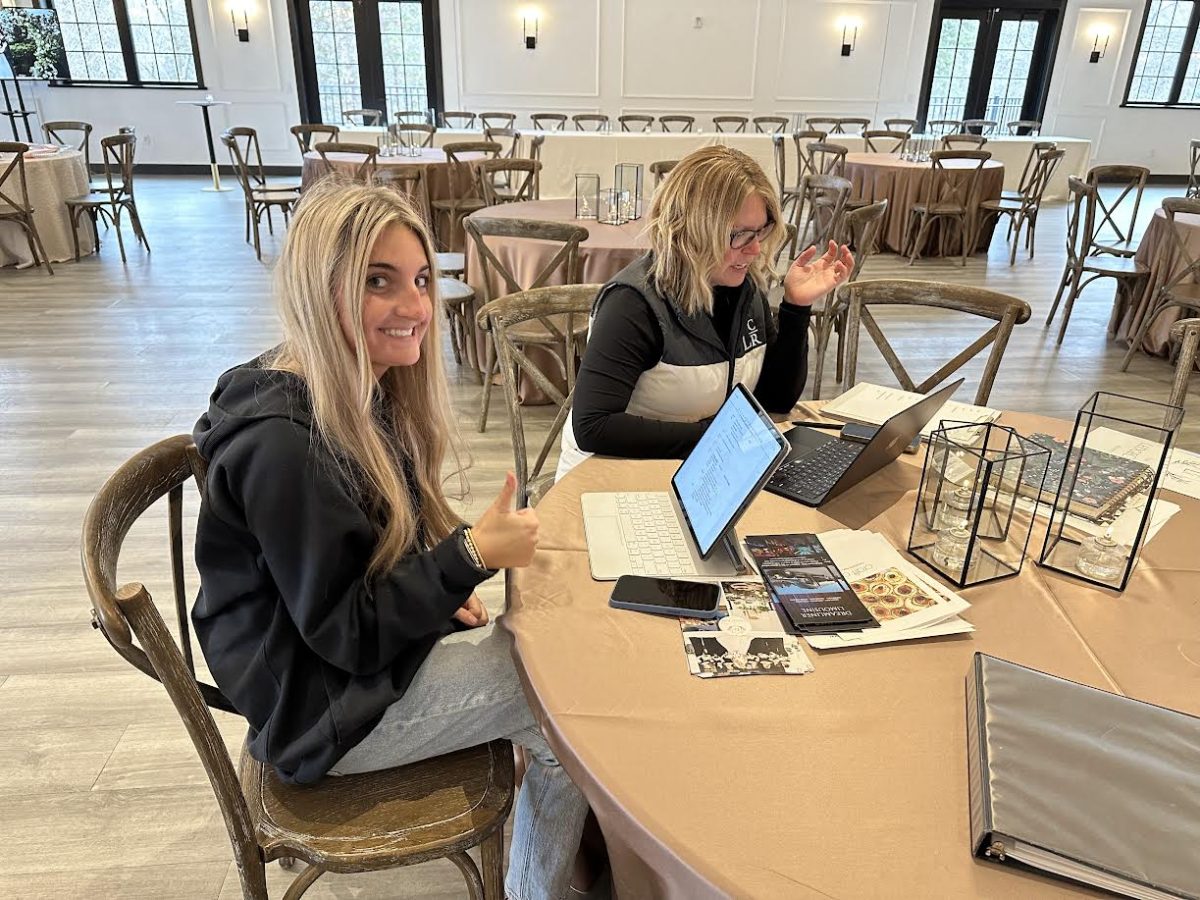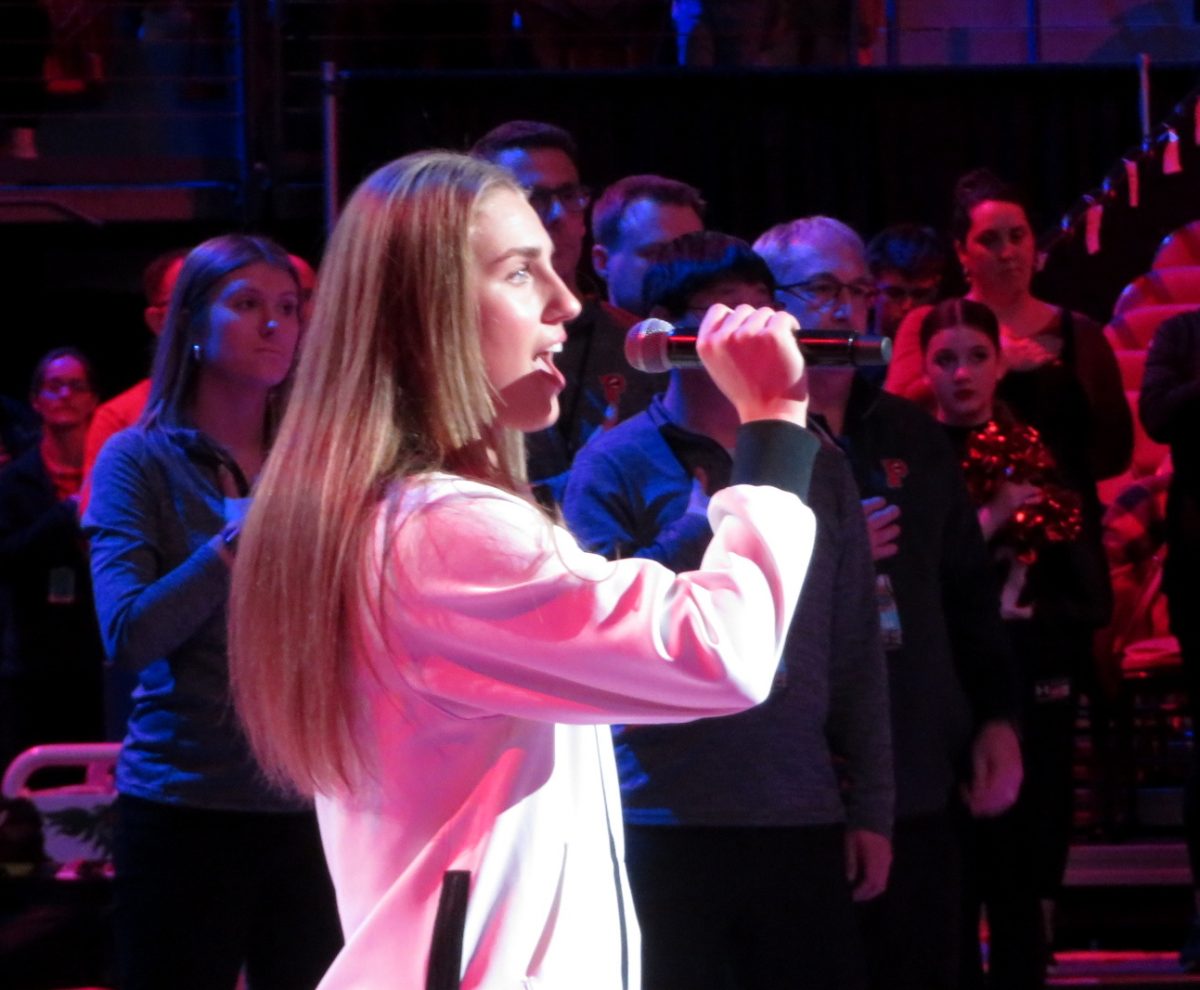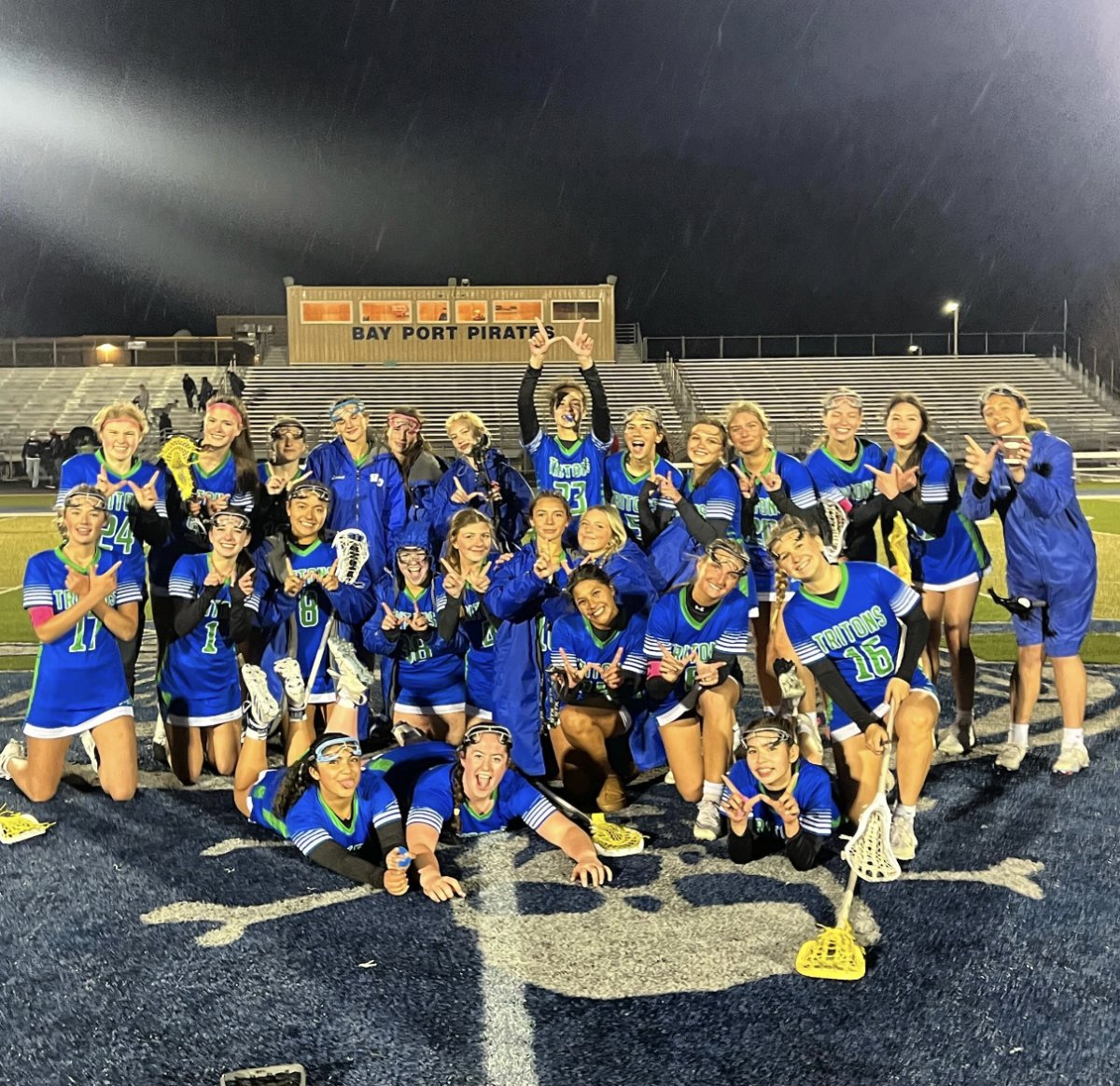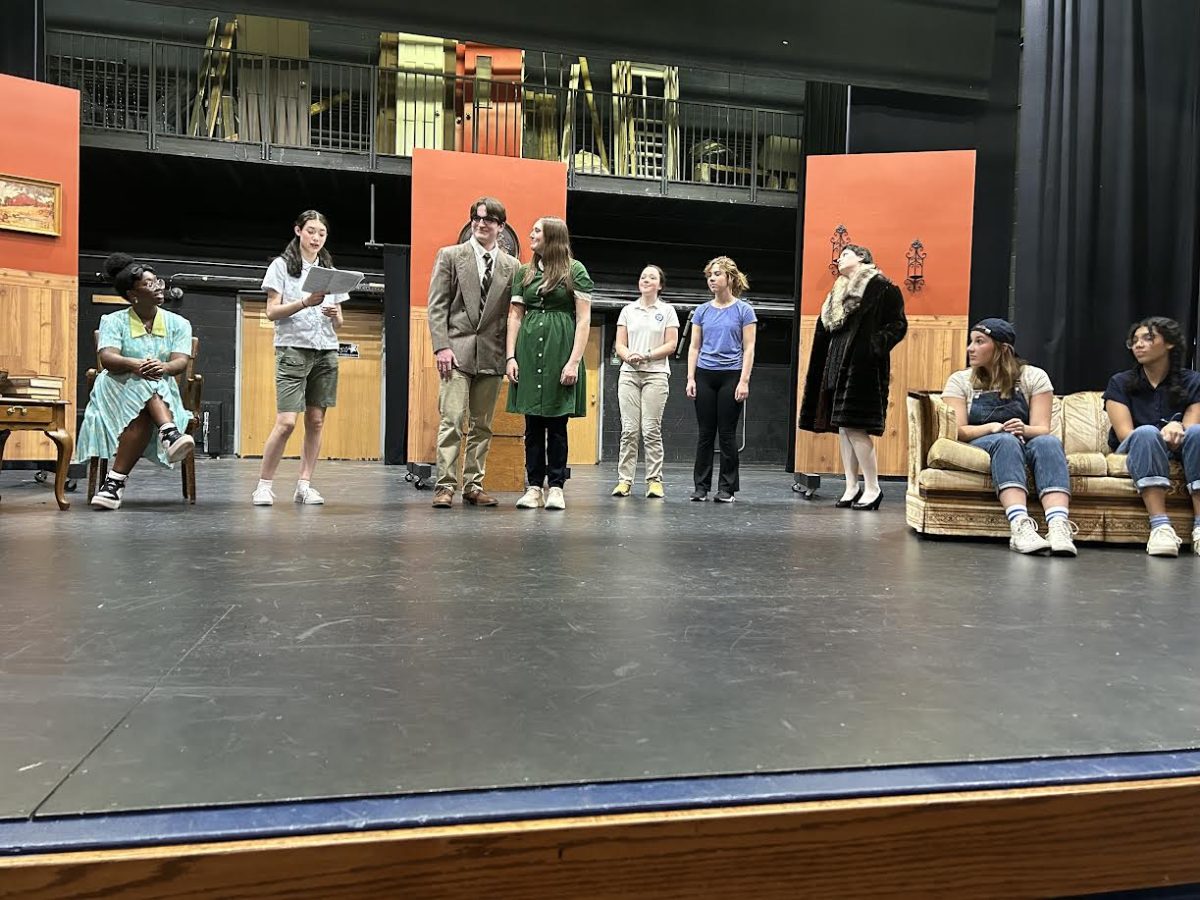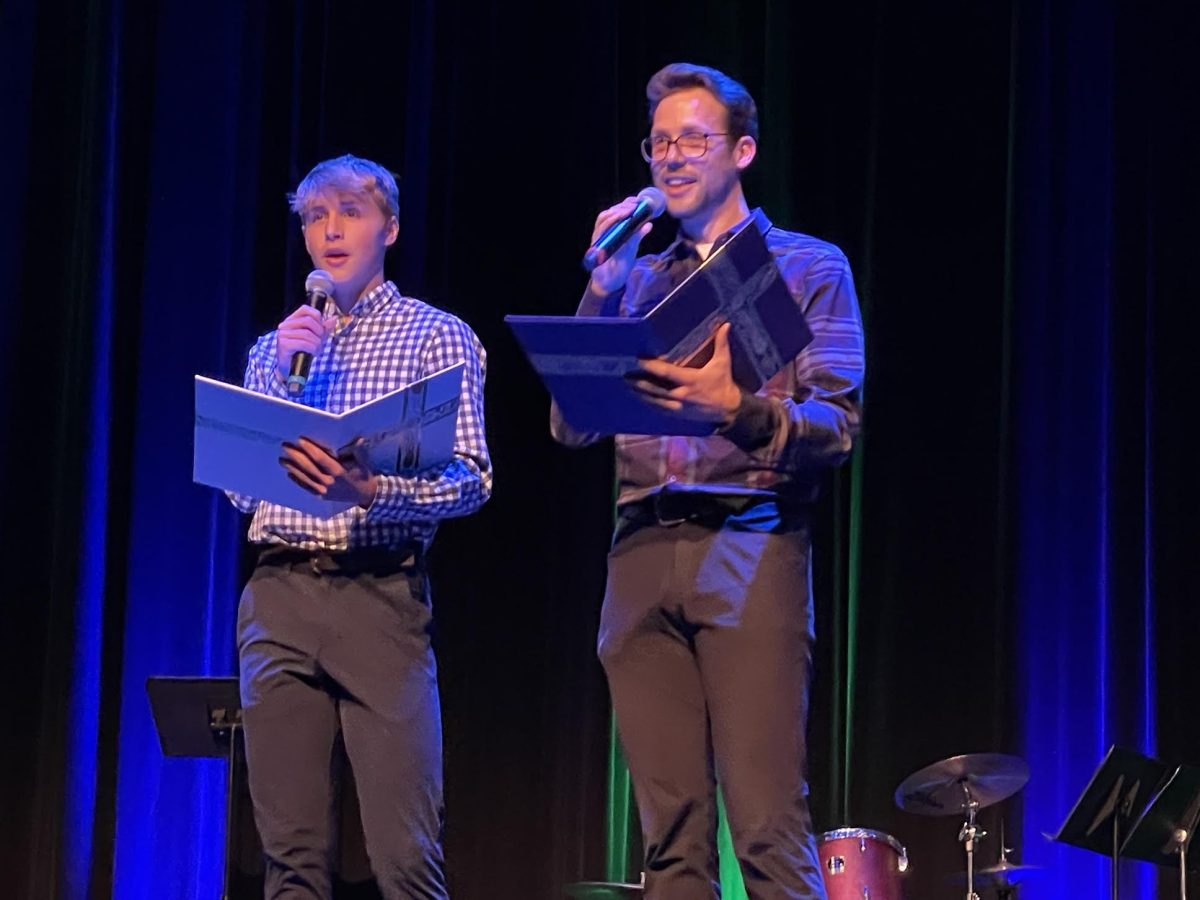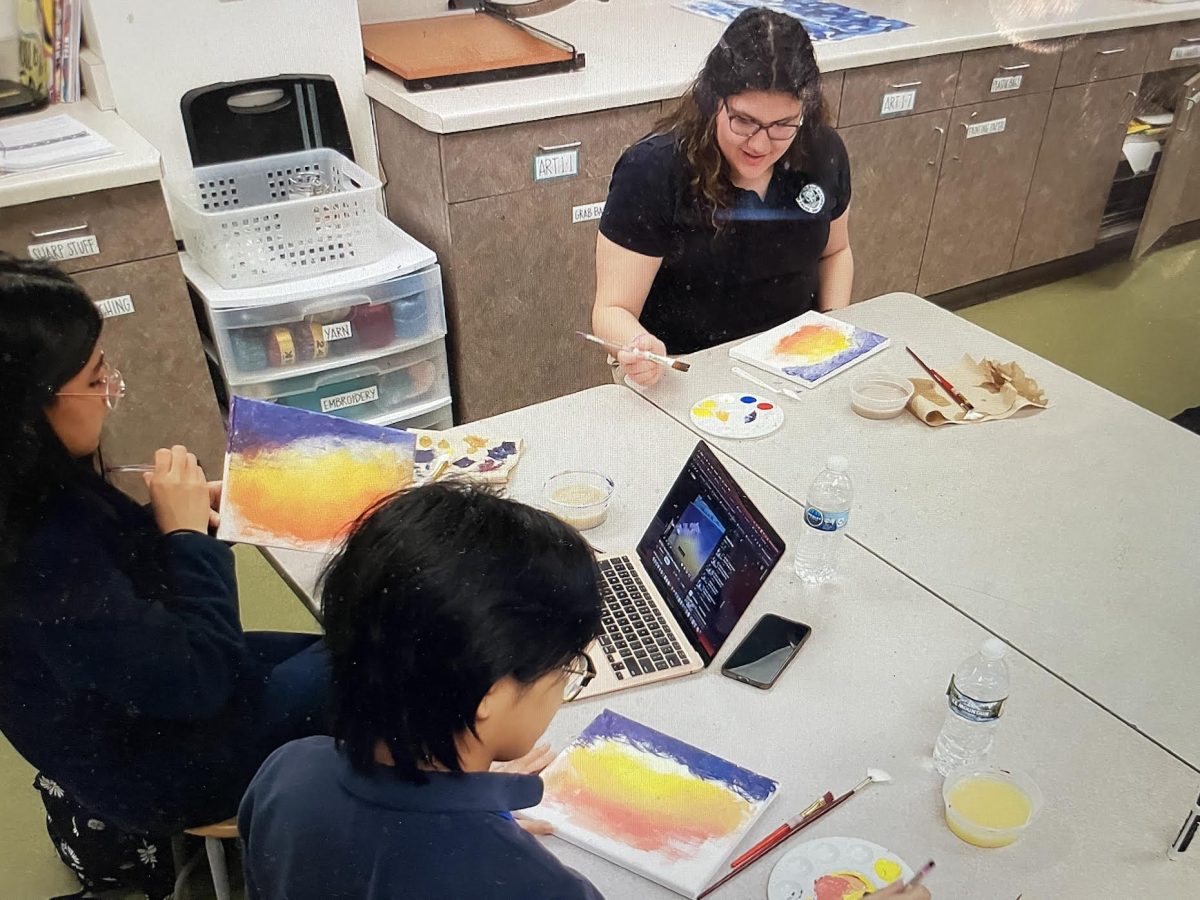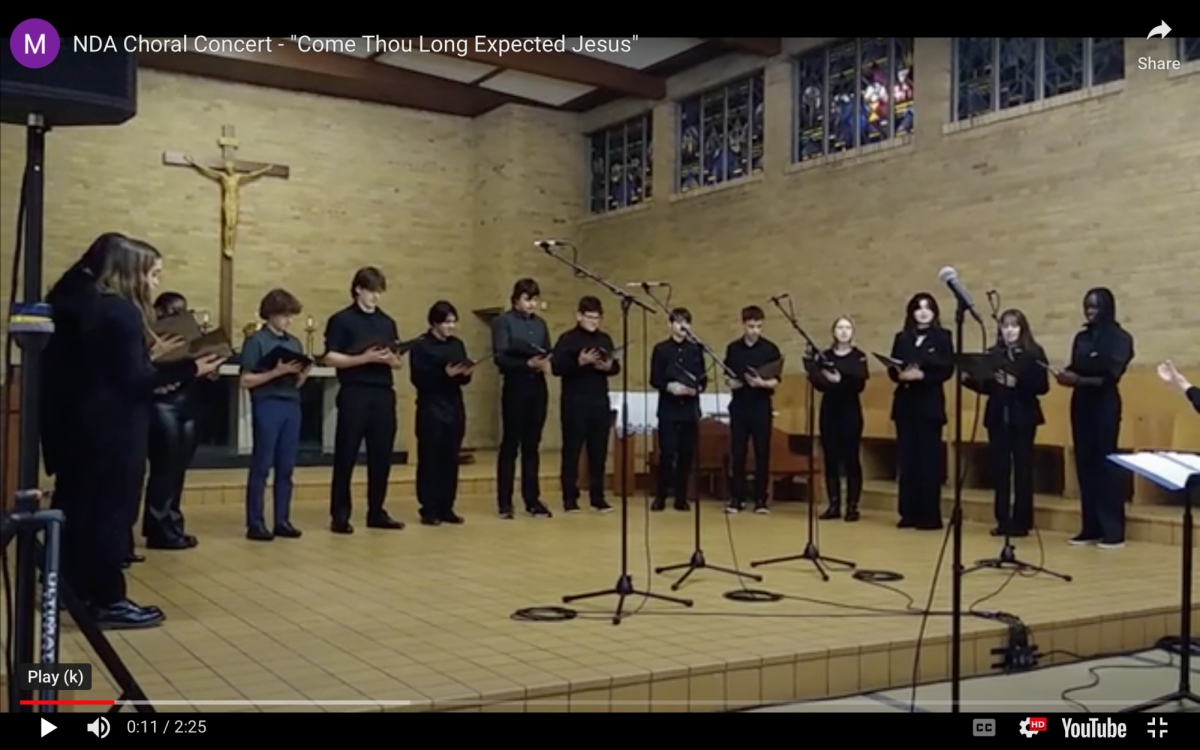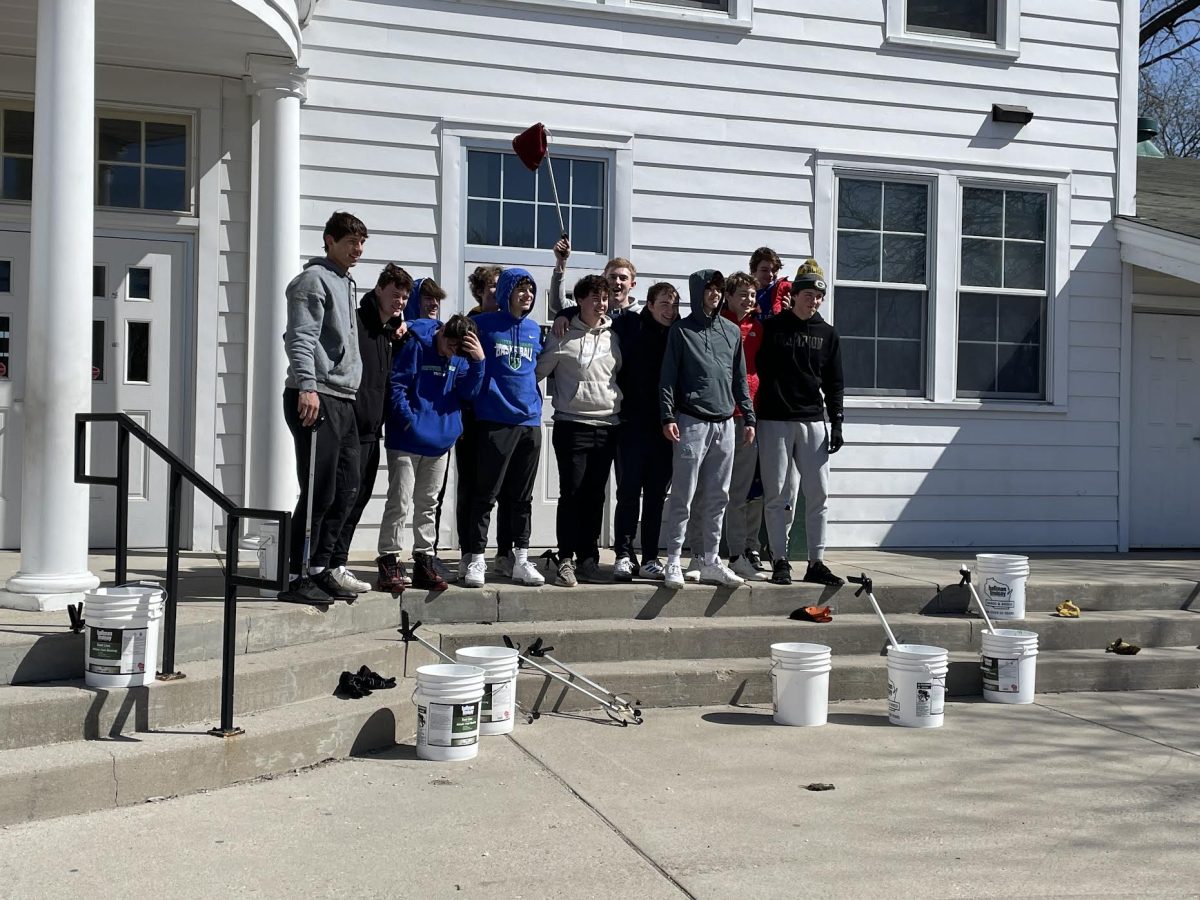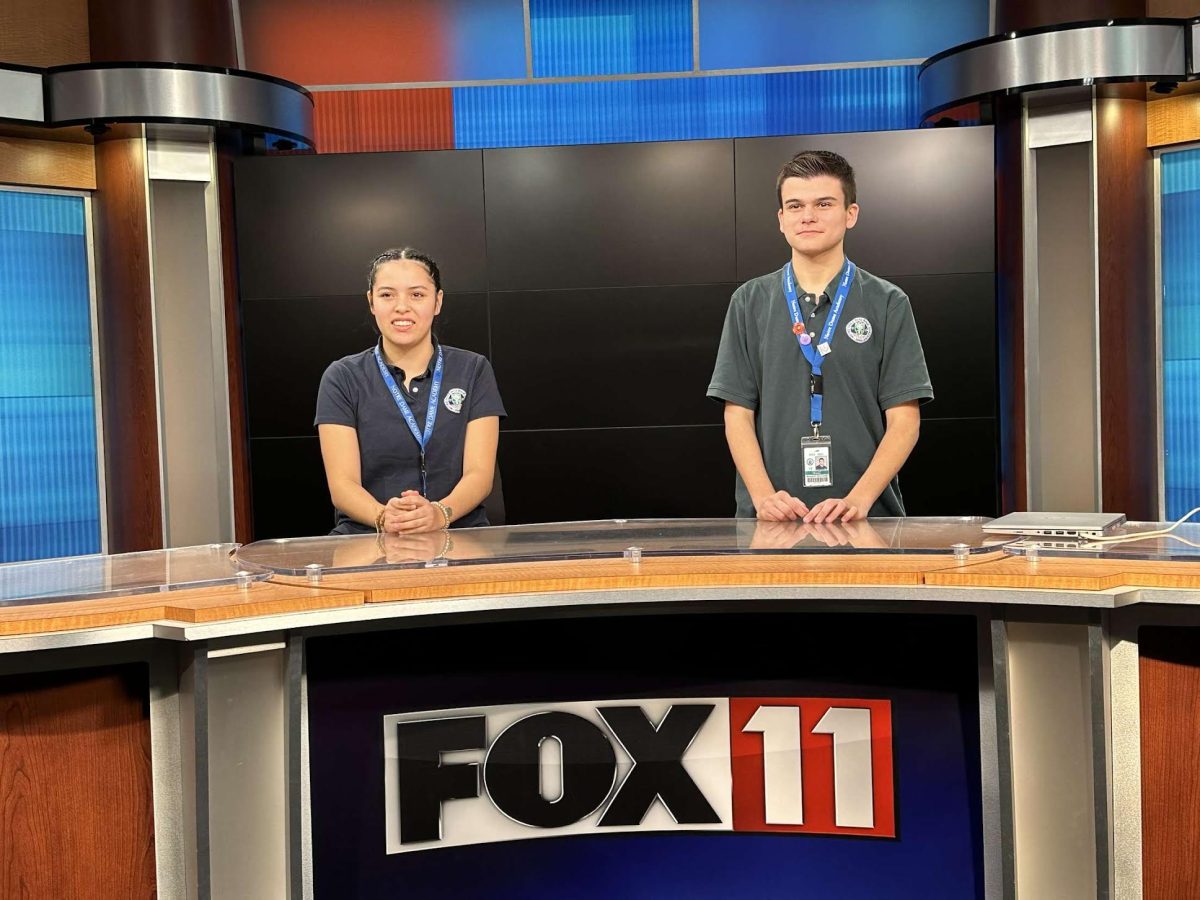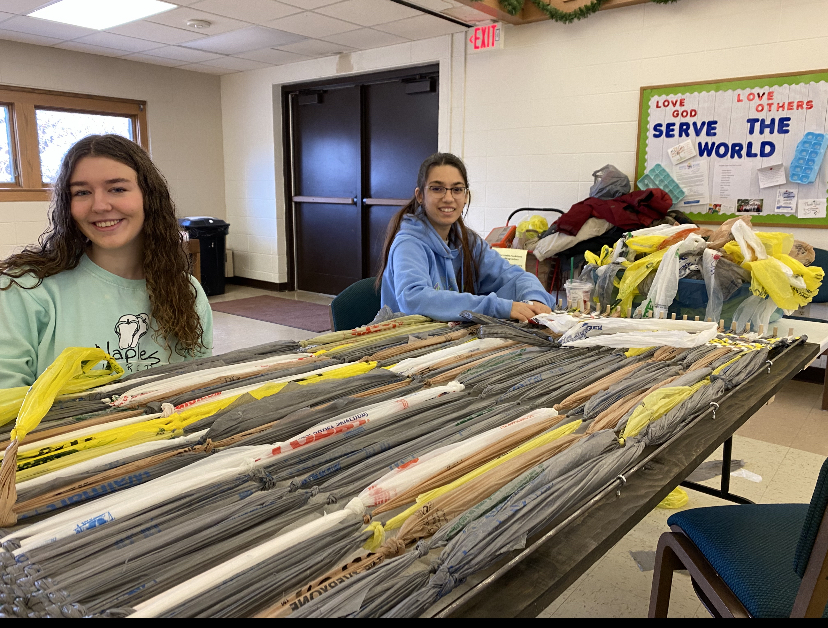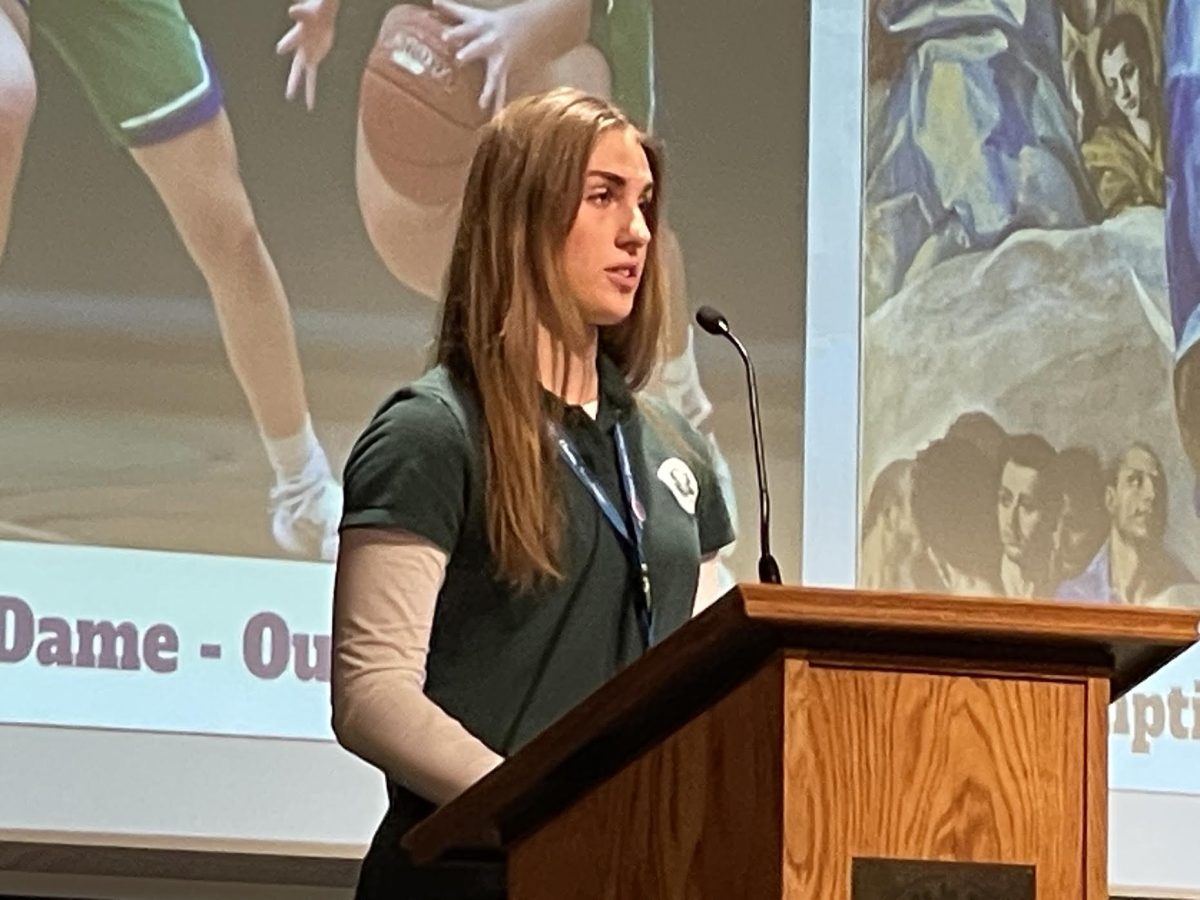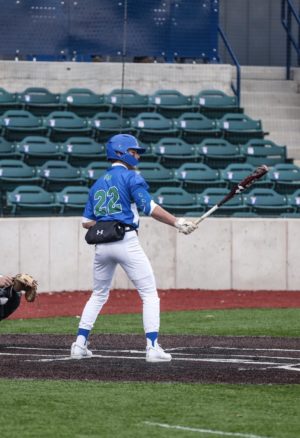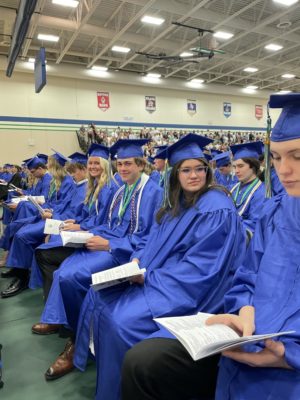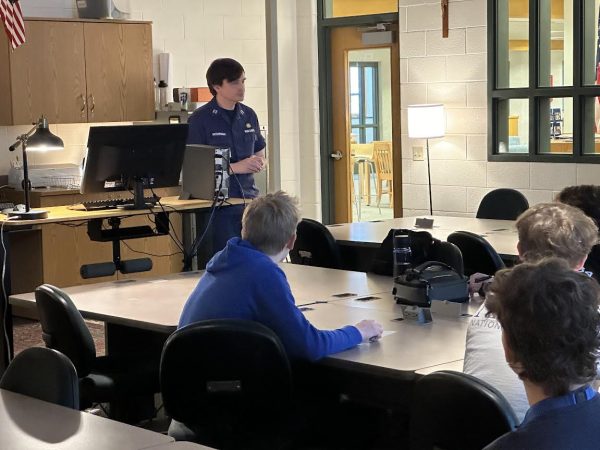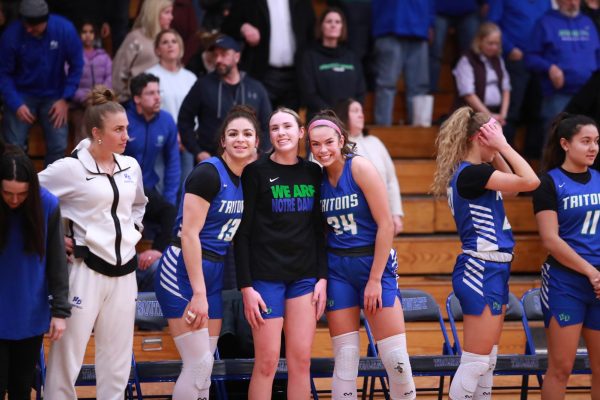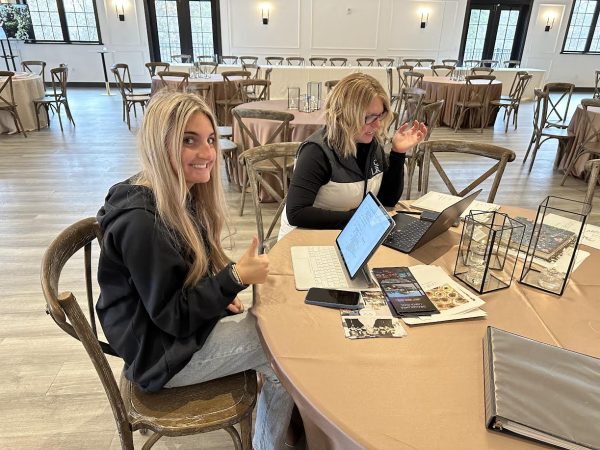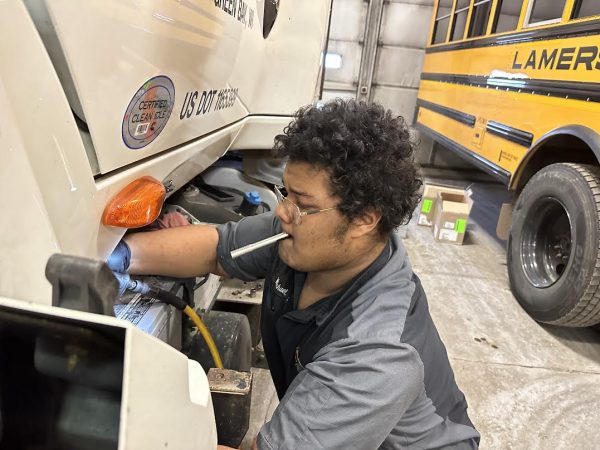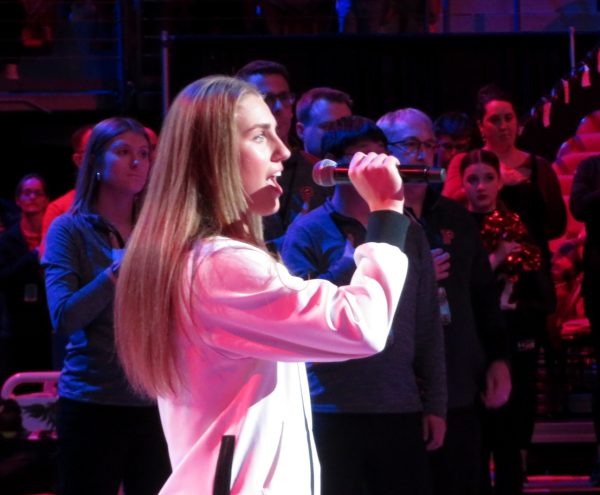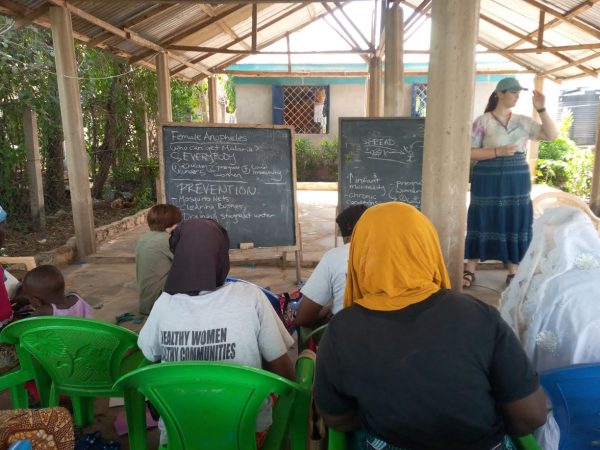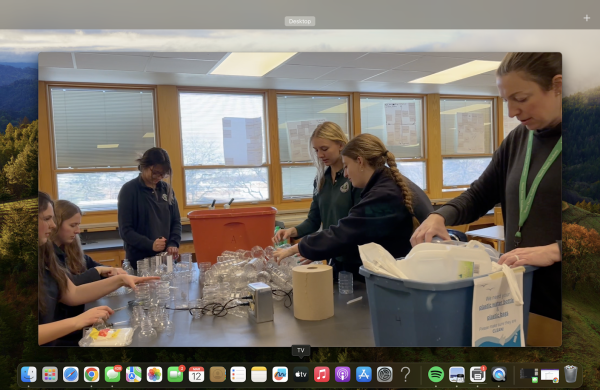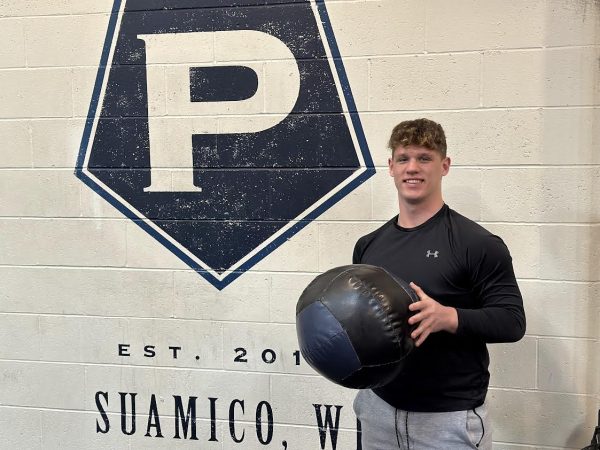Springtime On Our Prairie
May 13, 2015
I live out in the country on a private, 68-acre prairie and wildlife preserve about twenty minutes from Notre Dame Academy. My parents purchased the property in 1993. At that time, its beautiful rolling hills and filled-in wetlands were being farmed for corn. But, my parents, looking to remove themselves (and their then eight canine children) from the Appleton City limits, had a vision to restore the land and habitats that were once there, and then plunk their unique family in the middle of it all. And that’s what they did.
It was quite an undertaking. Because a technically “navigable stream” ran through the acreage, my parents had to get approval from the town to the federal government (and many in between) to re-create the paradise that once was there. But—they did it! In 1995, they were awarded a Certificate of Recognition by The Department of Interior’s U.S. Fish and Wildlife Service for Outstanding Contributions for the Restoration and Protection of Important Fish and Wildlife Habitats on Private Lands. Personally, my parents named the sanctuary “Eden’s Prairie.”
So, what were these contributions? Ponds, wildlife scrapes, and prairie flowers and grasses. In total, there is one large pond, 5 wildlife scrapes (basically, smaller ponds) and about sixty acres of prairie flowers and grasses. The remaining few acres are taken up by our house, out buildings, a very long driveway, and our yard. (You have to have some place for your soccer nets and play!)
Spring is one of the most exciting times for our family on the Prairie. Spring is when everything comes back to life, comes back to live, and comes back to visit (if just passing through). Although we continue to appreciate those with which we inhabit the Prairie year-round, we get especially excited when spring ushers in those annual friends we have not seen all winter. The first, and most exciting, arrival to the Prairie is always the Red-winged Blackbird.
To most city folk, the harbinger of spring is usually considered to be the Robin. But out here on the Prairie—it’s the Red-winger! For sure. With its dramatic black attire and shoulder patch of bright-red outlined in yellow, this bird displays its sophisticated, yet humble pageantry. However, it is the Red-winger’s song that not only steals the spring show, but also steals the on-going show for the summer. After a long, cold winter, there is nothing more welcomed, or welcoming, on the Prairie than their beautiful, melodic song. In fact, we usually hear them before we see them. And when we hear that first song, we just inhale that last long breath of winter, exhale—and it’s spring, down to our souls. Gotta love those Red-wingers and the hope and promise they bring.
And once we hear that first solitary singer, it is not too long thereafter that more follow in its flight pattern and come back to live with us. They pretty much take over the place, and we love it. Each male defends about 1/8 to 1/4 of an acre of territory. And you can see them throughout the Prairie perched on the highest points of trees and shrubs and thick prairie grasses, singing their peaceful songs. (We save a lot on iTunes in these months.)
In hopes of not being outdone by bird songs, the amphibians also rise to the early spring occasion and make their strong, vocal chorus known on the Prairie—sometimes deafening out here. Really, like close the windows! Yet, it is a great, powerful chorus we enjoy every season, and usually later in the evenings. The Boreal Chorus Frog, Northern Leopard Frog, the Green Frog, and the American Toad are some of the species here. With the overall decline of frog species, we are even more proud to have re-created some space on the Prairie for them to work on their populations. And work on their populations they do! Shortly, we will see black masses moving and wiggling through the water. Yep–the tadpoles, the frogs to be. I have no idea exactly, but there must be thousands of frogs out here. Remember, if you ever pick up a frog, make sure your hands are free of bug spray and other harmful things—and that your hands are wet so that you do not rub off the mucus membrane protecting them from germs and drying out. They are very sensitive, and as such, are considered to be indicators of environmental health. Let’s hear it for the frogs!
Back to the birds. In addition to the Red-winged Blackbirds, we have other exciting annual feathery visitors. An extremely interesting one is the Sandhill Crane. They are super cool, about 45” tall, slender, and gray in color, with a funky red patch on their foreheads, very distinguished and somewhat aloof. They, too, make a sound you love to hear, a low-pitched, “karooo, karooo, karooo.” It sounds prehistoric to us. And with their stilted sauntering and expansive wing-span, they also appear to be a prehistoric-type bird, kinda like a Pterodactyl or something, especially when they take to flight. It’s always a real treat for us when they are hanging around the Prairie and making themselves known.
Our large pond is attracting both a Mallard and a Canadian Goose couple this season. They have been sticking around. Some passerby-visitors on the pond we noticed this year were a Snow Goose, a Common Merganser, a Hooded Merganser, a Ring-neck Duck, a Canvasback pair, and a male Greater (or Lesser) Scaup. They have since moved on, but it is always fun to see who may stop by each year, and always a privilege to actually be able to spot them while they are here on such a short visit.
The big pond is also an attraction for the Great Blue Heron who will soon be making its appearance on the Pond, as in years past. Right now we also have many Barn and Tree Swallows back. They are voracious, on-the-fly eaters, and probably due to them (and the bats) that is why we have so few mosquitos out here, despite the ideal habitat for them as well. (I’m not complaining. . . just saying.) A downside on the Swallow, however, is they sometimes scare off the Bluebirds my parents have worked so hard to attract to our property. My father has built and bought many, many, Bluebird houses over the years, cleaning them out, replacing them, and adding to them every year as well—all to get the Bluebird to call Eden’s Prairie its home. Some years, it works, and they stay. Others, not so much. This year, reporting proudly—it seems to be working! Although when they first arrived a few weeks ago, the Swallows were giving them the “fly-around,” the Bluebirds seem to be holding their own pretty well, having staked out a house right outside our library window, a great location for us, too! My mother, believing in a real wildlife welfare state, will soon be placing nearby a buffet of peanut butter mixes, mealworms, raisins, and berries in an effort to further bribe their stay. She has her ways.
So who is feeding these days up-close and personal from our dinette feeders? A rainbow of birds! Of course, the Red-winged Blackbirds come in from time to time. They know they are always welcomed. We also have Rose-breasted Grosbeaks, Orioles, Downy Woodpeckers, Cardinals, Goldfinches, House Finches, Pine Siskins, various Sparrows, Black-capped Chickadees, Mourning Doves, and Waxwings. Hopefully the Hummingbirds are not that far off. And once the Prairie is up and blooming, we will see in it the return of the Meadowlarks, Yellow-headed Blackbirds, and Bobolinks (“bad hair days” and all).
Certainly, our steady friends the Ring-neck Pheasants remain an appreciated year-long beauty on the Prairie, feeding close to our windows on cracked corn and walking about the property showing off their colors. We see mainly the males. My mom calls them “the gentlemen.” They are so handsomely marked, just stunning. We never grow tired of watching them. We also have a few Wild Turkeys on the land. For several weeks now there have been two females making large circles around the Prairie, with that distinctive, herky-jerky strut, just two girl pals out for a walk. We called them “Lavern and Shirley.” But only one remains. Lavern or Shirley, I am not sure, but she’s strutting around right now as I write about her. Exhibitionist.
So that’s a bit about our Prairie and Preserve this spring. I am glad my unparalleled parents realized their hippie dreams and created this sanctuary in which not only the wildlife, but also our family, can take refuge. I can think and be me out here. So can my brother, and my parents. Here, we are rejuvenated and inspired, comforted and encouraged, protected. Living so close among God’s amazing natural beauty–where fin, feather, and fur is protected–is a blessing for which I am eternally thankful.

